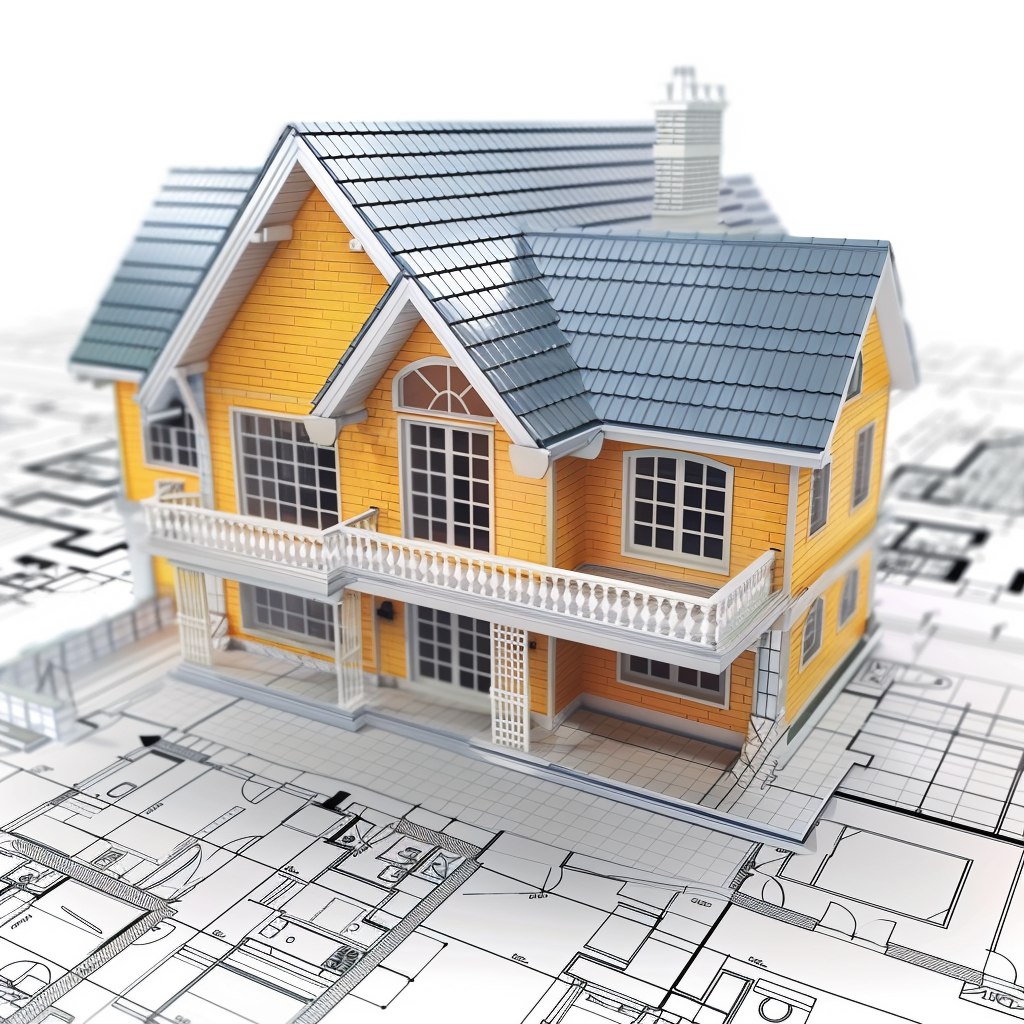Architectural visualization, a potent fusion of art and technology, has evolved far beyond the simple representation of buildings. It’s become a crucial instrument in the design process, a compelling marketing tool, and a powerful medium for communicating complex architectural ideas to a diverse audience. This discipline, encompassing everything from photorealistic renderings to immersive virtual reality experiences, allows architects, designers, and developers to breathe life into their visions before a single brick is laid or a nail hammered.
Beyond the Blueprint: Visualizing the Unbuilt
Gone are the days when hand-drawn renderings were the sole means of showcasing a building’s potential. The advent of sophisticated 3D modeling software, coupled with advanced rendering engines, has revolutionized the field. Today, architectural visualization artists can create incredibly realistic representations of buildings, interiors, landscapes, and even the surrounding environment. These visualizations transcend the limitations of blueprints and technical drawings, offering a tangible sense of scale, texture, and spatial relationships. They allow stakeholders – clients, investors, and the public – to experience a space before it physically exists, fostering a deeper understanding and appreciation for the design.
The Technical Foundation: Mastering the Tools of the Trade
Creating compelling architectural visualizations https://provisual.pro/3d-architectural-visualization-price/ requires a robust skillset. Proficiency in 3D modeling software, such as Autodesk Revit, SketchUp, or 3ds Max, is paramount. Artists must be adept at creating accurate and detailed models, paying close attention to geometry, proportions, and material properties. Next, mastery of rendering engines like V-Ray, Corona Renderer, or Lumion is crucial for achieving photorealistic results. These engines simulate the behavior of light and shadow, allowing artists to create images that mimic the look and feel of real-world photography. Beyond software proficiency, a solid understanding of composition, lighting, color theory, and material science is essential for producing visually appealing and believable renderings.
The Art of Storytelling: Creating Atmosphere and Emotion
Architectural visualization is not simply about creating technically accurate representations; it’s about telling a story. A truly effective visualization evokes emotion and conveys the desired atmosphere of a space. This is achieved through careful consideration of lighting, composition, and the inclusion of details that bring the scene to life. The choice of materials, the placement of furniture, the addition of human figures, and the incorporation of subtle environmental elements all contribute to the overall narrative. For example, a warm, inviting lighting scheme can create a sense of comfort and intimacy, while a dynamic, angular composition can convey a feeling of excitement and innovation. The artist’s ability to weave these elements together creates a compelling visual narrative that resonates with the viewer.
The Emerging Landscape: VR, AR, and the Future of Visualization
The future of architectural visualization is being shaped by the rapid advancements in virtual reality (VR) and augmented reality (AR) technologies. These immersive mediums offer unprecedented opportunities for experiencing architecture in a more engaging and interactive way. VR allows users to step inside a virtual building and explore the space at their own pace, gaining a visceral understanding of its scale, layout, and atmosphere. AR, on the other hand, overlays digital information onto the real world, allowing users to visualize how a proposed building would look in its actual context. These technologies are transforming the way architects present their designs, fostering deeper collaboration with clients and creating more immersive and memorable experiences for the public.
The Ethical Considerations: Authenticity and Transparency
As architectural visualization becomes increasingly realistic, it’s crucial to address the ethical considerations surrounding its use. It’s important to ensure that visualizations are an accurate and honest representation of the proposed design, avoiding misleading exaggerations or omissions. Transparency is key, as viewers should be aware that they are looking at a rendered representation, not a photograph of a completed building. Furthermore, visualizations should be used to promote sustainable and responsible design practices, showcasing the environmental impact of the proposed building and its integration with the surrounding environment.
Conclusion: Shaping the Future of the Built World
Architectural visualization has become an indispensable tool for architects, designers, and developers. It enables them to communicate their visions effectively, secure funding for projects, and engage with the public in meaningful ways. As technology continues to evolve, the field of architectural visualization will undoubtedly continue to innovate, pushing the boundaries of what’s possible and shaping the future of the built environment. From photorealistic renderings to immersive VR experiences, architectural visualization is transforming the way we design, experience, and interact with the world around us, one compelling visual narrative at a time.
